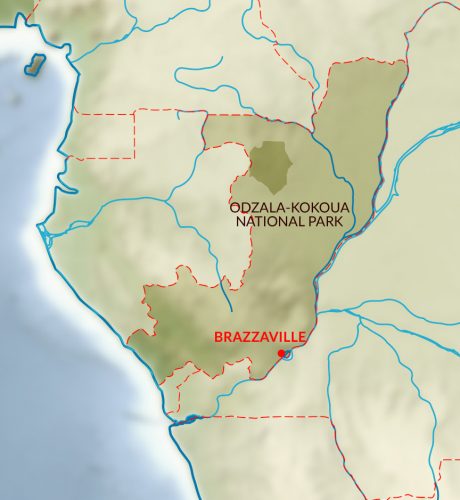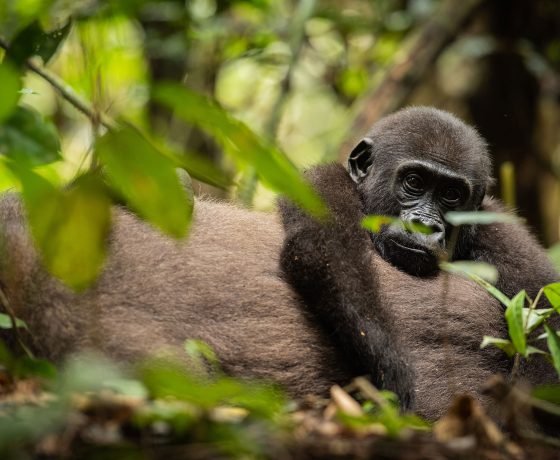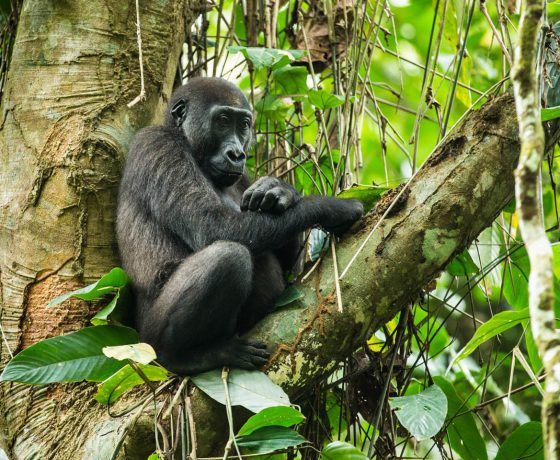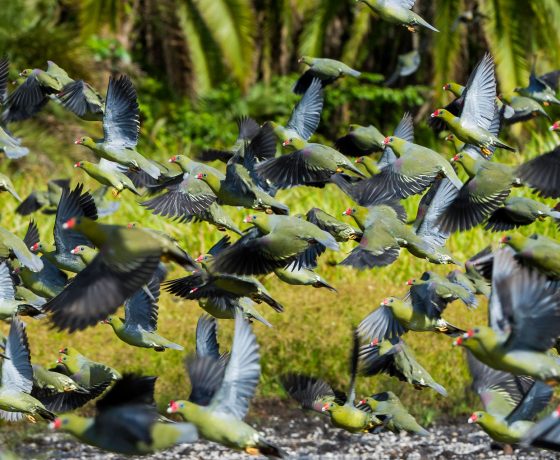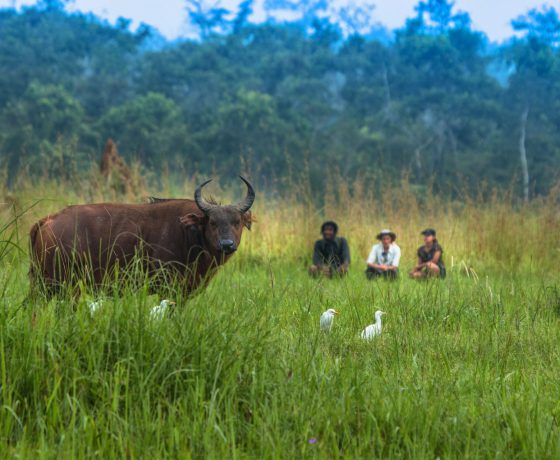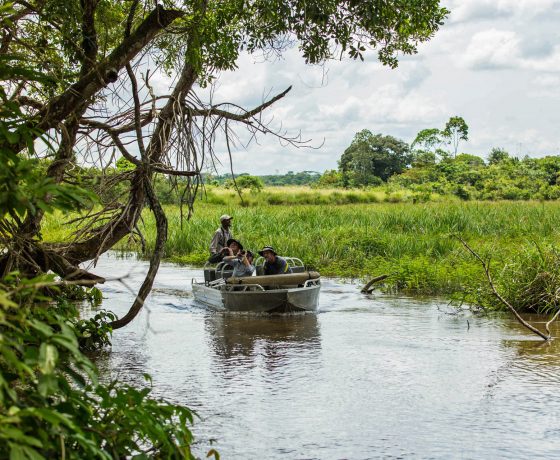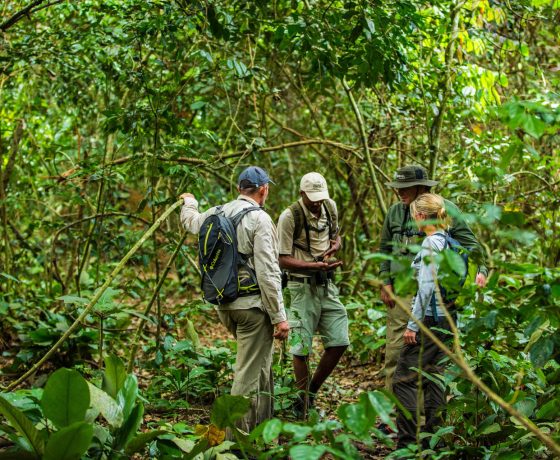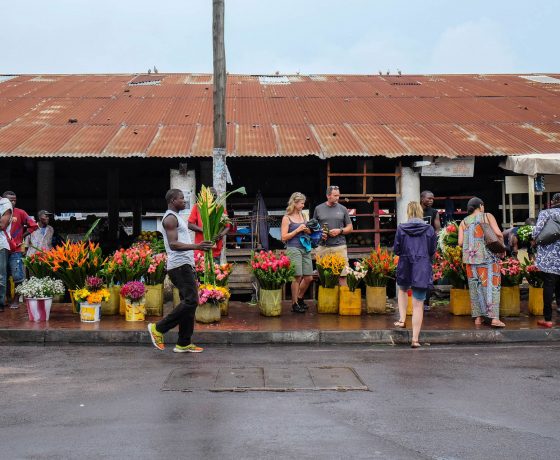Republic of Congo
Explore the Congo Basin, as featured in The Times.
The equatorial rainforest that covers much of the Republic of Congo is part of the larger Congo Basin. Threaded with rivers and tendrils of savannah that provide a natural home to a wonderful diversity of wildlife, this wilderness contains more than 1,000 bird species, 700 types of fish, and over a 10,000 plant species. There are thought to be 100,000 western lowland gorillas in the Congo Basin, along with large populations of forest buffalo, forest elephant and bongo.
At present, the Republic of Congo’s Odzala-Kokoua National Park is the only place where it is possible to meet habituated family groups of western lowland gorillas. Established in 1935 it is one of Africa’s oldest national parks and includes within its 13,600 sq kms dense tracts of rainforest, areas of savannah, forest bais (clearings), and wide, lazy rivers. Game-viewing here is very different to that on a conventional safari because most excursions are by small boat or on foot rather than in a vehicle. This makes for a uniquely quiet experience with just the sounds of the rainforest a natural backdrop.
Wildlife encounters are richly rewarding and while tracking gorillas, other animals, including chimpanzee, various monkey species and countless bird species, are likely to be spotted along the way. Tracking expeditions do not cover enormous distances and can range in length from one to eight kilometres over undulating country. The contact time experienced with the park’s two groups of habituated gorillas is one of the most intimate experiences available in Africa and offers the opportunity for insight into the full spectrum of gorilla personality and community. Neptuno group has 16 individuals and the Jupiter group has 25 individuals. These groups are named for the silverback males which lead and protect them.
The climate in the Congo is equatorial and the country’s terrain is relatively flat with low altitude, so it tends to be hot year-round. The experience does vary a little throughout the year according to the prevailing climatic conditions. Food supplies for the wildlife are seasonal, which affects what visitors can expect to see.
There are two ‘green’ seasons, one from early March to the end of May and another from September until the end of November when there is greater rainfall. These are often the best times for photographers to visit as the rain tends to be sudden tropical downpours that leave the air clear with good visibility. With little fruit available at this time, both chimpanzee and gorilla reduce their range, while large numbers of forest elephant visit saline licks in the bais in search of minerals. Lango Bai becomes an especially great place to see these shy forest dwellers. Clear blue skies allow light to penetrate deep into the forest where the abundant bird species breed during the rains. Numerous forest endemics can readily be seen such as black collared lovebird, vermiculated fishing owl, yellow lord bristle bird, fire crested alethe, and Guinea turaco.
The drier seasons, from December to the end of February and June to the end of August, are cooler and less humid, but the air is often hazy. There is more fruit in season which encourages gorillas up into the trees, making them easier to see. River levels are lower but it’s still possible to travel the major waterways by boat. Elephant roam further afield in search of food, as do the gorillas, but chimpanzee sightings are generally excellent. It’s also a good time of year to spot herds of forest buffalo as they wander between different bais. Harnessed bushbuck can often be found at Lango Bai as well. June to August is a key time for intra-African migrant birds and other residents, many of which are forest endemics. The shining-blue kingfisher, Hartlaub’s duck, great blue turaco, bare-cheeked trogon, black-casqued wattled hornbill, streaky-throated barbet, black and white flycatcher, shining drongo, yellow-mantled widowbird, yellow longbill and banded prinia are among the highlights. Birding is equally excellent in the forest and out on the savannah during the drier months.
